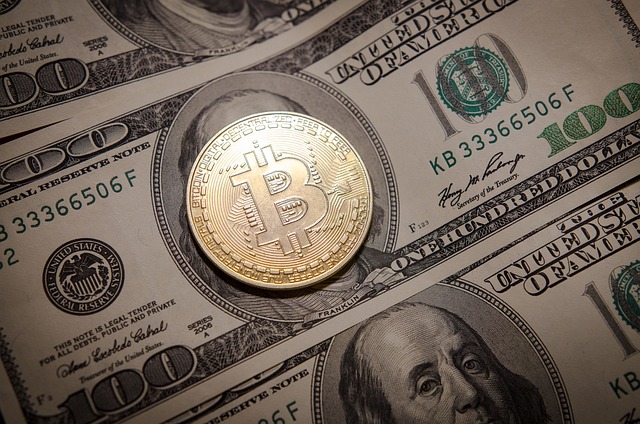What's Causing the Crypto Crash?
The unpredictable nature of the cryptocurrency market has once again been highlighted by a recent crash that has left many investors bewildered. As the value of popular digital currencies like Bitcoin, Ethereum, and Dogecoin plummeted, market participants are left wondering what is causing this downturn and if there is any hope for recovery. Let's delve into the key factors that have contributed to the current crypto market crash.

1. Regulatory Concerns
Increased regulatory scrutiny from governments around the world has been one of the major triggers of the crypto crash. Concerns over potential money laundering, fraud, and market manipulation have led regulatory bodies to tighten their grip on the digital asset space. Governments are introducing stricter regulations, imposing bans, or proposing new legislation to protect their citizens and maintain the stability of traditional financial systems.
2. China's Crackdown
China, one of the largest cryptocurrency markets, intensified its crackdown on digital currencies, particularly Bitcoin mining and trading. The Chinese government's strict measures to curb cryptocurrency-related activities and crack down on mining operations have had a significant impact on the crypto market. The closure of major mining farms and restrictions on financial institutions dealing with cryptocurrencies have sent shockwaves throughout the market, leading to a cascade of sell-offs.
3. Elon Musk's Influence
Elon Musk, the influential CEO of Tesla and SpaceX, has often sparked volatility in the crypto market through his tweets and public statements. Musk's tweets about Bitcoin's energy consumption and concerns about its environmental impact have caused significant price fluctuations. His recent announcement that Tesla would no longer accept Bitcoin as payment due to environmental concerns further fueled the crypto crash and triggered a wave of panic selling.

4. Market Manipulation and Volatility
The cryptocurrency market is notorious for its volatility and susceptibility to manipulation. Whales, individuals or entities holding substantial amounts of cryptocurrencies, have the power to manipulate prices by buying or selling large volumes of assets. Coordinated sell-offs or pump-and-dump schemes can cause severe price swings, leading to market panic and subsequent crashes.
5. Margin Calls and Forced Liquidations
The crypto crash was exacerbated by a domino effect triggered by margin calls and forced liquidations. In leveraged trading, where investors borrow funds to amplify their trading positions, a significant drop in asset prices can trigger margin calls. When investors fail to meet the margin requirements, exchanges initiate forced liquidations, selling off their assets at discounted prices to compensate for the borrowed funds. This flood of sell orders further drives down prices and intensifies the market crash.
6. Investor Sentiment and Fear
Market sentiment plays a crucial role in the crypto crash. As news spreads about a potential crash or regulatory actions, investors tend to panic and sell off their holdings out of fear of further losses. This fear-driven sell-off snowballs into a market-wide crash as more and more investors rush to exit their positions, creating a self-perpetuating cycle of declining prices.
Conclusion
The crypto crash can be attributed to a combination of regulatory concerns, China's crackdown, influential figures' statements, market manipulation, margin calls, and investor sentiment. The impacts are widespread, affecting not only individual investors but also institutions and the overall financial market. Understanding these factors can help investors navigate the volatile crypto market with greater caution and adapt to the ever-changing landscape of digital assets.
Link to the article: The Rise of Crypto Pegged to Gold and Its Impact on the Financial Market